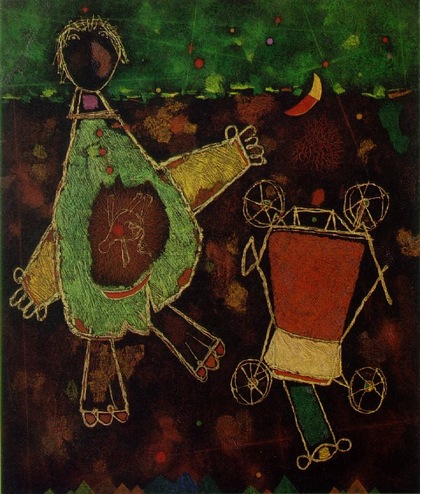ANALYSIS OF THE ADVERSE EVENTS IN A NEONATAL INTENSIVE THERAPY UNIT AS A TOOL OF QUALITY MANAGEMENT OF NURSING CARE
Abstract
The adverse events are non-deliberate lesions that resulted in temporary or permanent helplessness and/or extension of the time of permanence or death as a consequence of the care given. The objective of this epidemiologic study of historical type is to analyze the evolution of the adverse events in a neonatal intensive therapy unit as a management strategy to improve the quality of nursing care. The study was carried out in a middle size private hospital of the metropolitan region of Belo Horizonte, Brazil. Data were collected from the information found in protocols of neonates’ admissions that were in the unit between January 2005 and December 2006 until hospital discharge. The research project was assessed and approved by the Ethic Commission in Research of its study field and also by the Ethic Commission in Research of the Federal University of Minas Gerais. In regard to the results during the studied period, the incidences of 547 admissions were verified. The average gestational age was 35.4 weeks and the weight of newborns was 2,411.2 grams. The group of children most affected by adverse events was the extreme prematures. The adverse events related to demise include intracranial hemorrhage, change of tracheal tube and septicemia, confirmed through laboratory tests. Intracranial hemorrhage and septicemia are highlighted, confirmed through laboratory tests, and in addition to being related to demise, they also occur in large number in the neonatal unit. The demise rate, septicemia confirmed through laboratory tests, and intracranial hemorrhage presented by the service studied, can be improved through adopting specific management actions such as implementing permanent education programs and reinforcing humanization initiatives of care in the neonatal unit.
Downloads
-
Abstract830
-
PDF (Español (España))595
-
PDF (Português )595
The works published in this magazine are subject to the following terms:
1. The Publications Service of the University of Murcia (the publisher) preserves the copyright of the published works, and encourages and allows the reuse of the works under the license for use stated in point 2.
© Servicio de Publicaciones, Universidad de Murcia, 2011 (© Publications Service, University of Murcia, 2011)
2. The works are published in the electronic edition of the journal under Creative Commons Reconocimiento-NoComercial-SinObraDerivada 3.0 España(texto legal) “ a Attribution-NonCommercial-NoDerivatives 3.0 Spain license (legal text)”. They can be copied, used, broadcasted, transmitted and publicly displayed, provided that: i) the authorship and original source of their publication (journal, publisher and URL) are cited; (ii) are not used for commercial purposes; iii) the existence and specifications of this license is mentioned.
3. Conditions of self-archiving. Authors are allowed and encouraged to electronically disseminate the pre-print (pre-reviewed ) and / or post-print (reviewed and accepted for publication) versions of their works prior to publication, as it ensures a wider circulation and dissemination which may lead to a possible increase in its mention and a higher scope among the academic community. RoMEO color: green.













